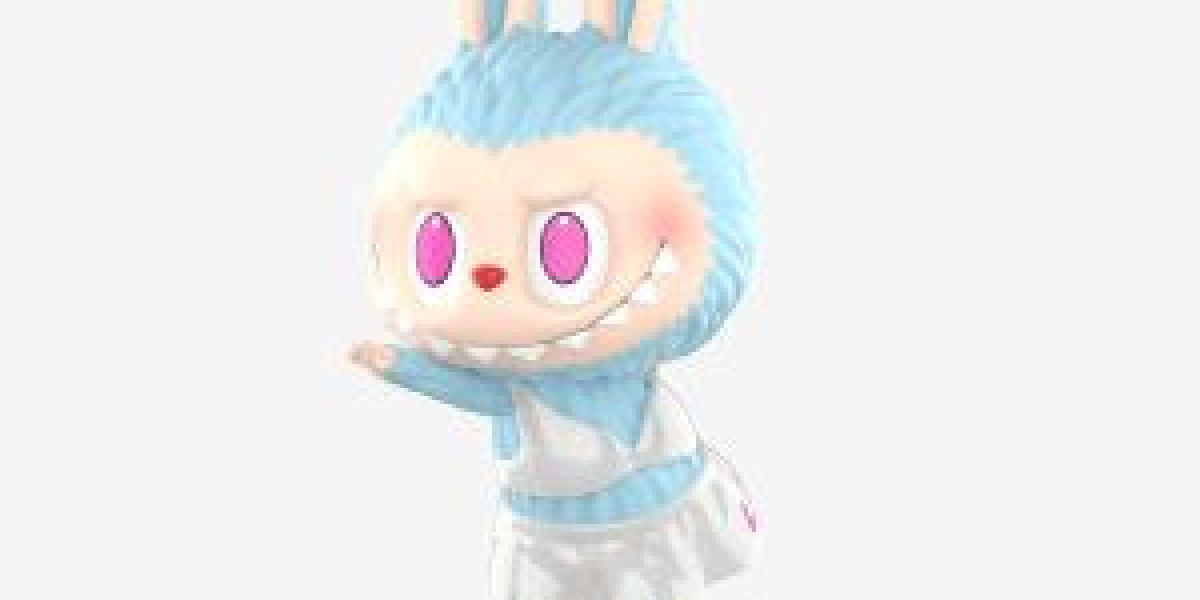In the evolving landscape of art, fashion, and youth identity, few figures have captured the imagination of Germany’s young generation quite like Labubu . The quirky creature created by Hong Kong-based artist Kasing Lung and popularized by Pop Mart has transcended its toy shelf origins to become a cultural emblem across Europe—particularly in Germany. From Berlin’s graffiti-filled alleys to Munich’s art markets, Labubu has emerged as a symbol of rebellion, creativity, and urban authenticity. Its mischievous grin and whimsical appearance embody a deeper cultural current pulsing through Germany’s contemporary youth scene.
The Arrival of Labubu: From Asia to Germany
Labubu’s journey to Germany began quietly but grew quickly. Originating in Asia’s designer toy scene, the character’s eerie-yet-cute aesthetic resonated deeply with collectors and artists who sought something beyond mainstream pop culture. When Pop Mart expanded its European presence, Germany became one of its most receptive markets. The country’s long-standing appreciation for both avant-garde design and underground art created fertile ground for Labubu’s rise.
German collectors—many of whom were already fans of street art, Japanese toys, and alternative design—found in Labubu a figure that felt oddly familiar yet refreshingly new. The character’s haunting eyes and chaotic energy mirrored the raw expressiveness of Berlin’s street murals and the ironic humor that defines youth subcultures in cities like Hamburg and Cologne. What started as a niche collectible quickly evolved into a lifestyle symbol.
The Aesthetic of Rebellion
Labubu’s appeal lies in its refusal to conform. It isn’t conventionally cute like Hello Kitty, nor is it purely grotesque—it exists in the strange, beautiful space between innocence and darkness. This aesthetic duality resonates strongly with German youth, who have long celebrated the spirit of individualism and artistic defiance.
In an era where global trends are dictated by algorithms and corporate branding, Labubu stands as an unfiltered expression of creativity. Its creator, Kasing Lung, has often said that Labubu represents a world of imagination born from childhood fears and dreams—a theme that resonates deeply with those growing up in a post-digital generation. For German fans, Labubu symbolizes the freedom to be different, to express complexity in identity, and to find beauty in imperfection.
From the streets of Kreuzberg to independent boutiques in Frankfurt, Labubu-inspired streetwear, stickers, and murals are now part of the visual language of youth culture. Artists and fashion designers reinterpret its imagery in graffiti walls, capsule clothing collections, and digital art exhibitions, merging toy culture with the aesthetics of street rebellion.
A Mirror of Modern Youth Identity
To understand why Labubu resonates so powerfully with Germany’s youth, one must look at the generational shift in how identity and culture are expressed. Today’s young Germans navigate a world shaped by rapid globalization, social media aesthetics, and shifting cultural boundaries. They crave authenticity and emotional connection—values that Labubu’s character, despite its simplicity, powerfully embodies.
Labubu’s mischievous grin and scruffy charm feel human. It represents the chaotic energy, vulnerability, and curiosity that define the modern creative spirit. In a way, Labubu has become an avatar for young people who reject perfection and embrace realness. Its popularity on social media platforms like Instagram and TikTok reflects how young collectors and creators use Labubu to express their moods, fashion, and artistic inspirations.
This cultural connection is particularly visible in Berlin’s urban art scene. The city, famous for its punk roots and experimental fashion, has always celebrated the unconventional. For many of its youth, Labubu is not just a collectible but a symbol of resistance against cultural homogenization—a small creature that stands proudly against the tide of sameness.
The Influence of Pop Mart and the Art Toy Movement
Pop Mart, the Chinese company that distributes Labubu, has played a central role in transforming the toy from a niche art figure into a global cultural icon. Its expansion into Europe brought a new wave of “art toy” appreciation to Germany, introducing a generation of collectors to the world of designer figures that merge art, fashion, and storytelling.
In Germany, this movement found an eager audience. Pop Mart stores and pop-ups in major cities quickly became gathering places for young collectors and creatives. What sets Labubu apart within this movement is its emotional depth—it isn’t just a toy, but a piece of narrative art that taps into collective nostalgia and emotional resonance. Each figure feels like a fragment of a larger story, inviting fans to project their own emotions and experiences onto it.
The success of Pop Mart’s Labubu collections in Germany has also bridged the gap between commercial and artistic culture. High-end fashion brands, local artists, and independent stores have begun collaborating around Labubu-themed events and displays, further embedding the figure into the country’s creative economy.
Labubu in Fashion and Streetwear
The influence of Labubu extends far beyond collectors’ shelves—it’s now a part of Germany’s fashion dialogue. The crossover between toy culture and streetwear has been gaining momentum, with Labubu becoming a recurring motif in apparel, accessories, and art exhibitions. Designers reinterpret the creature’s mischievous grin through embroidered patches, graffiti prints, and playful silhouettes that appeal to both art enthusiasts and style-conscious youth.
German fashion labels that value creativity and experimentation have embraced Labubu’s aesthetic language, integrating it into the growing trend of character-based street culture. The result is a fusion of high-concept design and emotional storytelling—an artistic dialogue that feels uniquely relevant to today’s generation.
The Emotional Core: Whimsy Meets Urban Realism
Beyond its visual appeal, Labubu’s emotional resonance is what truly cements its place in German youth culture. The character’s whimsical yet melancholic aura speaks to the dualities of modern life—hope and fear, joy and uncertainty, imagination and isolation. These emotions are familiar to a generation that has grown up in an era of constant change and digital overload.
In many ways, Labubu acts as a comforting companion and an artistic mirror. Young people see in its strange face the same contradictions that define their world. It’s no coincidence that art installations and photography projects in Germany have started featuring Labubu as a symbolic presence—an emblem of youthful creativity surviving in an increasingly commercialized world.
Conclusion: Labubu as a Cultural Icon
Labubu’s rise in Germany is not just a story about a toy—it’s about cultural identity, artistic freedom, and emotional expression. What began as a designer collectible from Asia has evolved into a visual language that speaks to Germany’s urban youth. It represents rebellion wrapped in cuteness, imperfection celebrated as art, and imagination standing defiantly against conformity.












